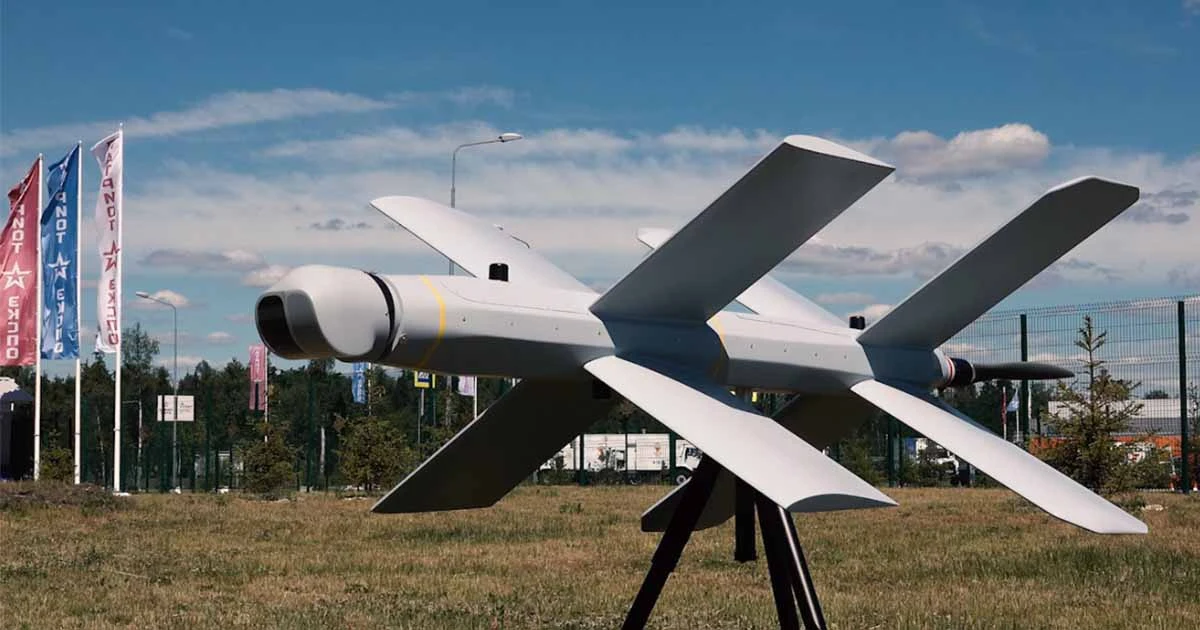Russia is not exporting its Lancet drones due to high domestic demand, TASS agency quoted a top Russian arms export official as saying on Wednesday, as the weapon emerges as one of the biggest dangers Ukrainian forces face.
The US-sanctioned suicide drones are cheap to make and have been shown capable of destroying Ukraine’s valuable Western-donated military equipment, adding difficulties to Kyiv’s slow and grueling counteroffensive.
Russian state arms exporter Rosoboronexport has seen a “serious increase in interest” abroad in so-called loitering munition made by Russia including the Lancet drones, the head of the firm Alexander Mikheyev told TASS on the sidelines of the Dubai Airshow.
“(The munition) has proven itself excellent in real combat operations,” Mikheyev said. “The Lancet is also receiving a lot of attention in the foreign market, but it is not supplied abroad as the Russian Armed Forces’ need for it is high” and there is no export permit documentation yet.
The Lancet self-destructing – or kamikaze – drone, produced by ZALA Aero Group, a subsidiary of Russian arms giant Kalashnikov Concern, has a range of more than 40 km (25 miles). In May, Kalashnikov said, without giving figures, that it will increase the drone production “by several times this year.”
It has been shown to damage or destroy Ukraine’s Western-supplied Leopard 2 tank and Caesar self-propelled howitzer along the frontline.
In a recent essay in The Economist, Ukrainian Commander-in-chief, General Valery Zaluzhnyi said Russia “quite widely and effectively” uses the drones, and countering them “is quite difficult.”
Russia invaded Ukraine in February 2022 in what it called a special military operation that Ukraine and its Western allies denounced as an illegal land grab.
Ukraine’s four-month-old counteroffensive has secured only incremental gains, with heavy battles taking place in recent days around the shattered city of Avdiivka in the Donetsk region.
Farther southwest from Avdiivka, Kyiv says its forces have been able to establish a foothold on the eastern bank of the Dnipro River in the Kherson region.




